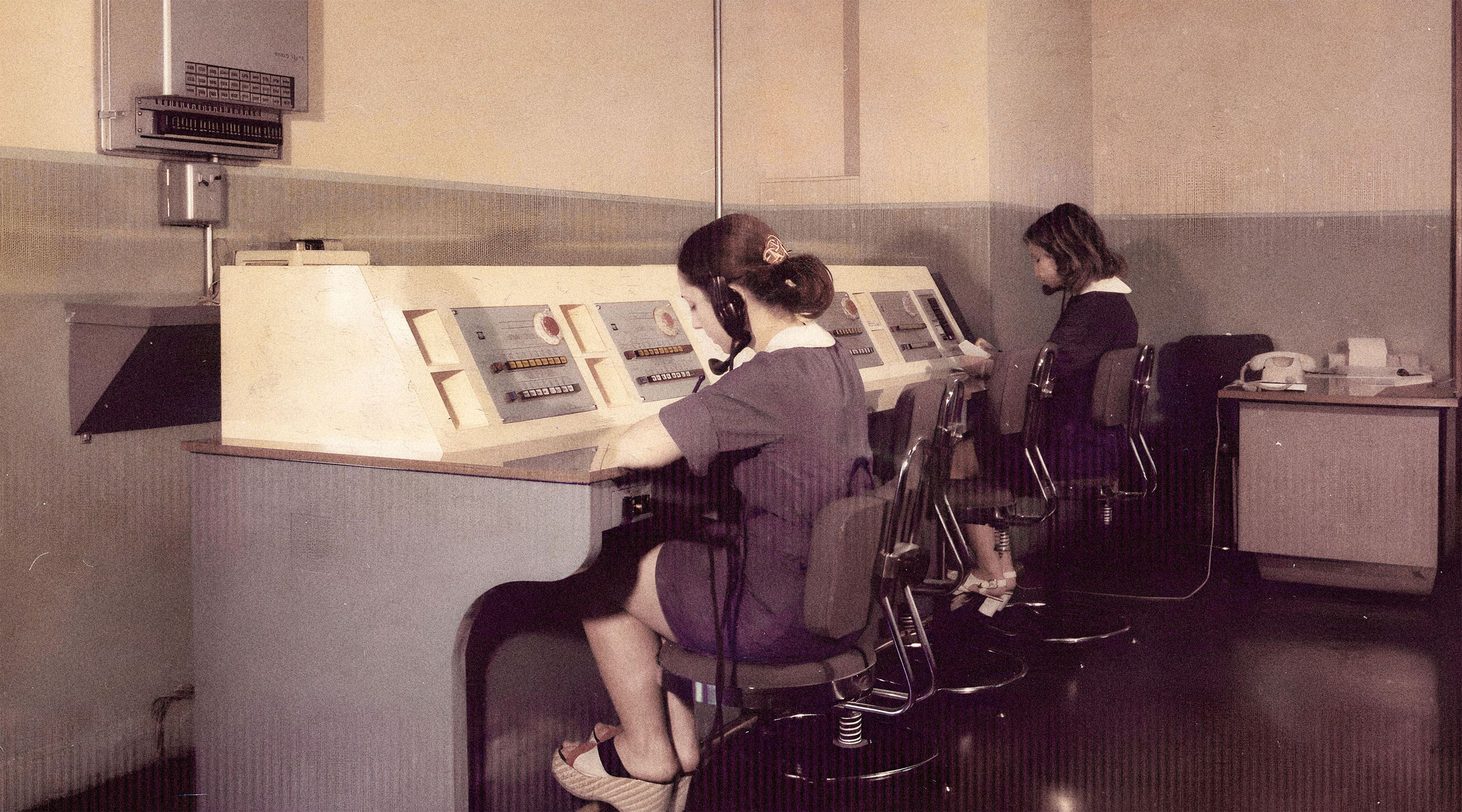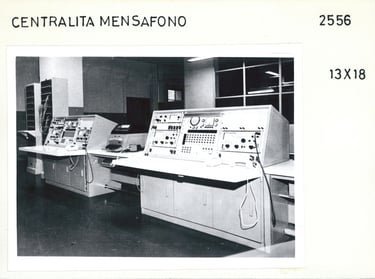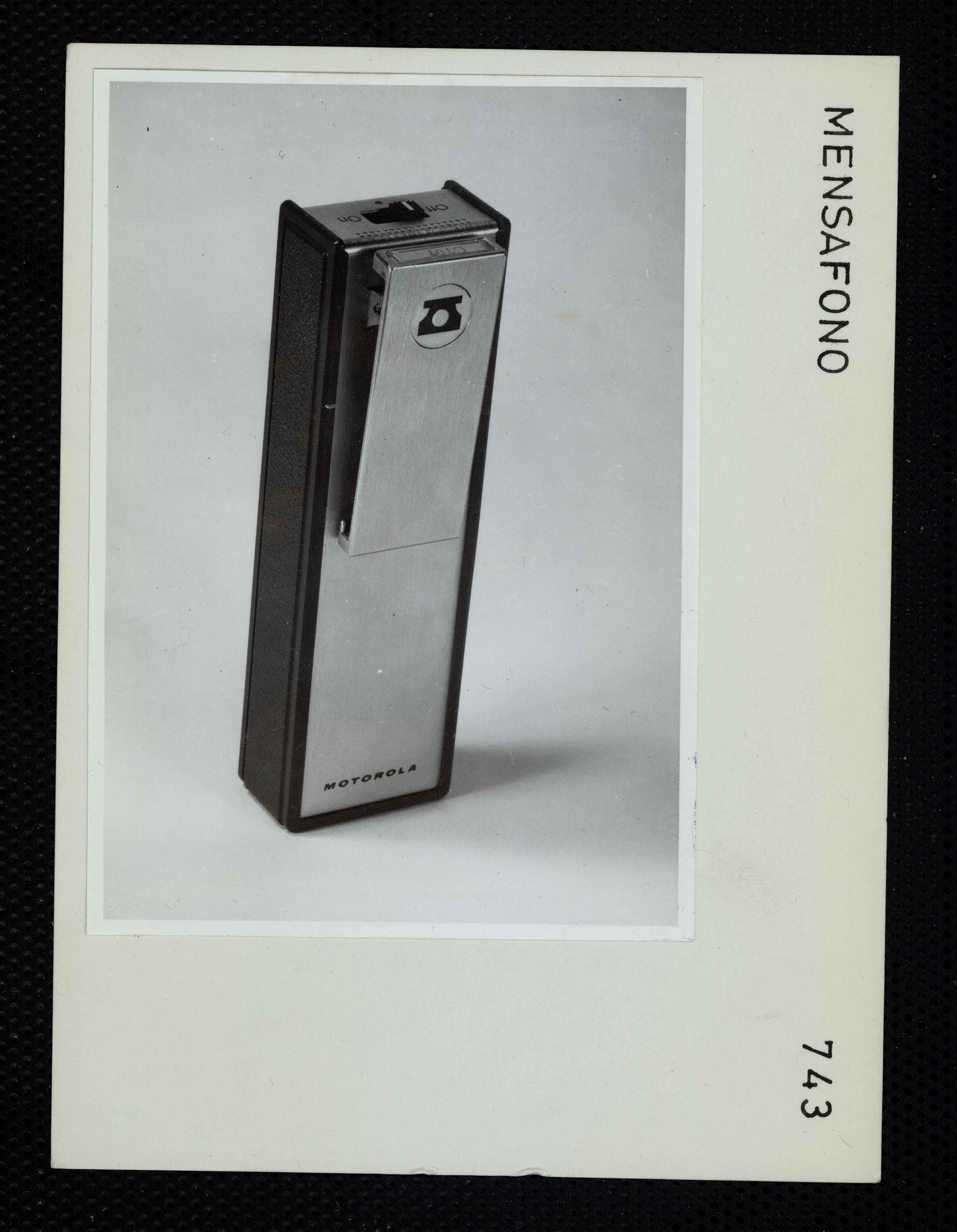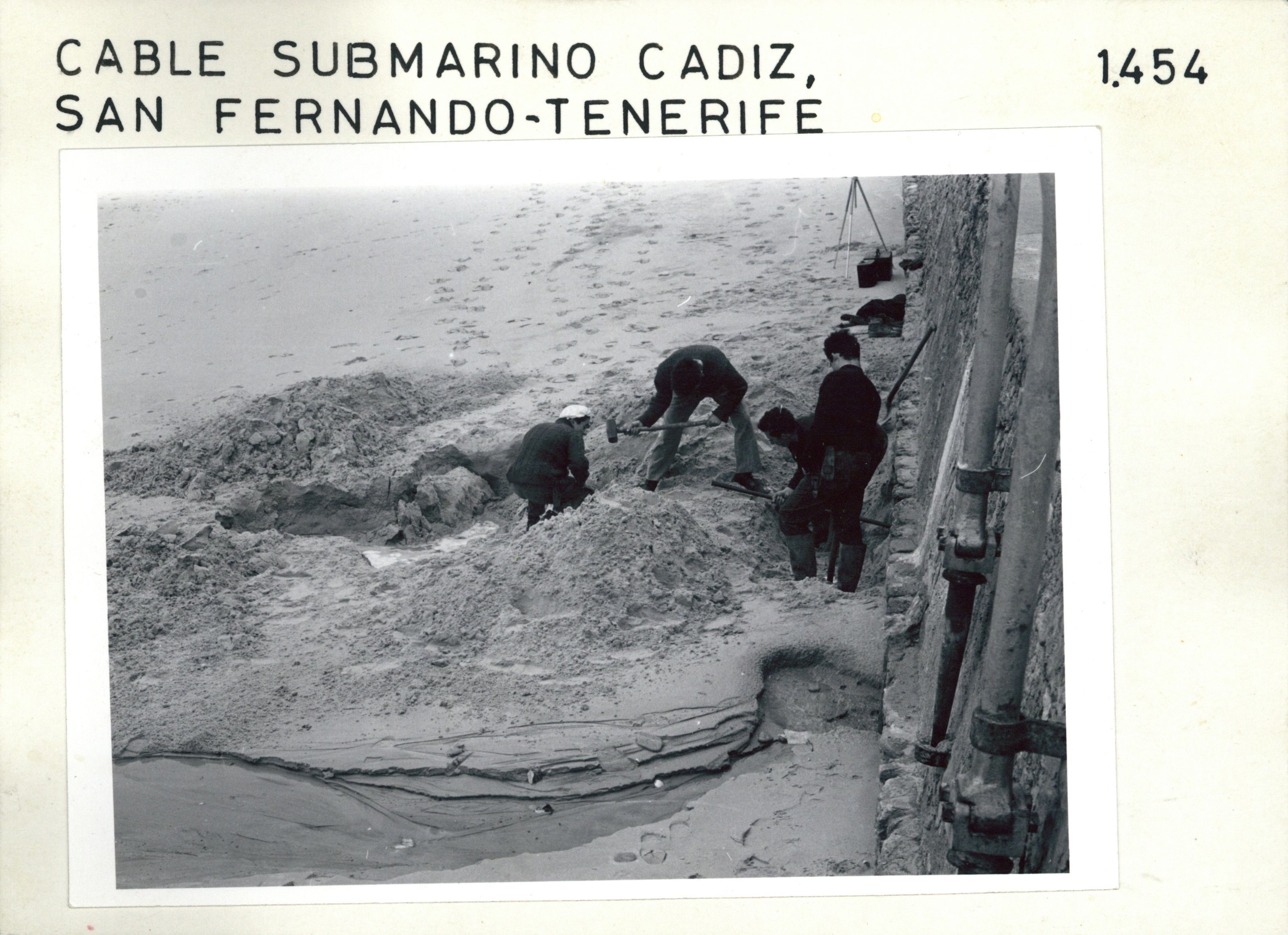
1972

Long before the popularisation of the mobile phone, the need to be able to communicate with someone even if they were away from their home or office was solved with solutions such as the mensaphone, a small device that was the precursor of the "pager".
The year of the Mensaphone, the forerunner of the pager
01
A novel device has come onto the market that solved a latent communications problem and, at the time, revolutionised the way to give a warning or alert someone of something urgent. Long before the so-called "pagers", which we always associate with doctors or people in such professions, Telefónica tried its hand at the mensaphone in the early 1970s. It was the height of modernity. It is basically a small, pocket-sized device capable of receiving short text messages via radio signals and alerting when they are received. A small screen, some circuitry and the ability to beep and/or vibrate, that was enough. Madrid and Barcelona were the first cities to enjoy this innovative service that solved many communication problems until the arrival of the mobile phone.

The magic of cables under the sea
02
Telefónica's international network in the 1970s already reached an interesting level of complexity. Demand continues to grow and further deployment is needed, literally, by land, air and sea. The annual report states: "The new achievements must be integrated harmoniously and efficiently into the overall picture". The submarine cable solved the communication problems between the mainland and the islands perfectly. In 1971 the transcanarian cable, the TRANSCAN, was laid between Las Palmas, Puerto del Rosario and Arrecife. And 1972 was the year of PENCAN II between Tenerife and Gran Canaria, while work was simultaneously being completed on BRACAN-1, the large cable that would link Las Palmas de Gran Canaria with Recife (Brazil), a macro-project for which Telefónica partnered with Empresa Brasileira de Telecomunicaçoes. In this way, the Canary Islands became the main communications hub between Europe and the South Atlantic. With the Balearic Islands, all routes are also reinforced thanks to the PENBAL-1 linking Barcelona and Palma.

Do you have doubts about what happened?
Ask Aura